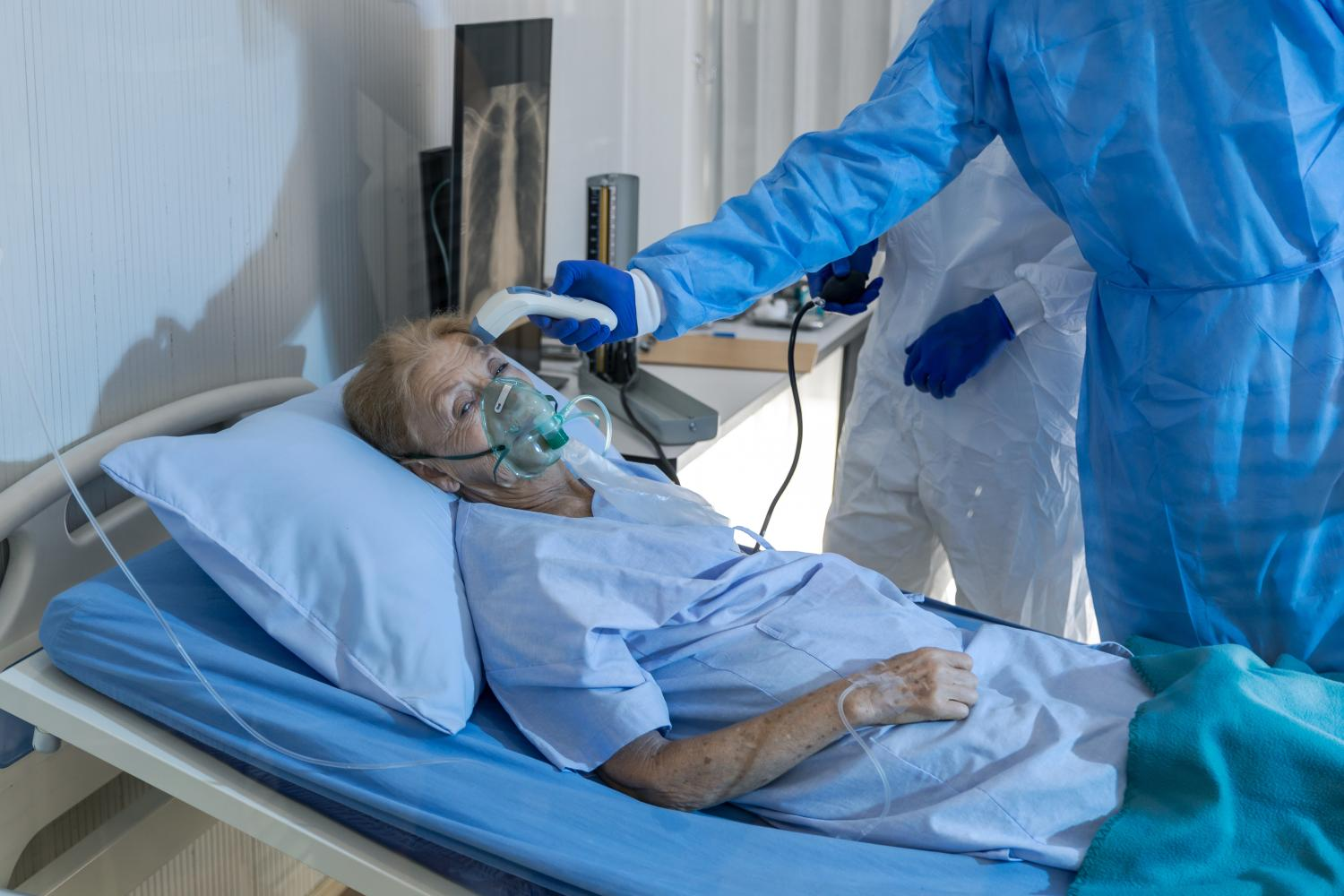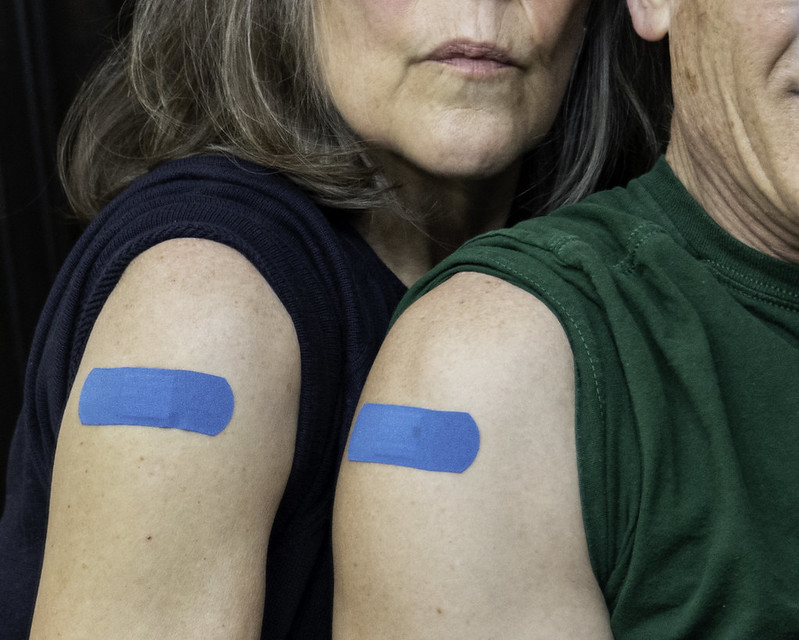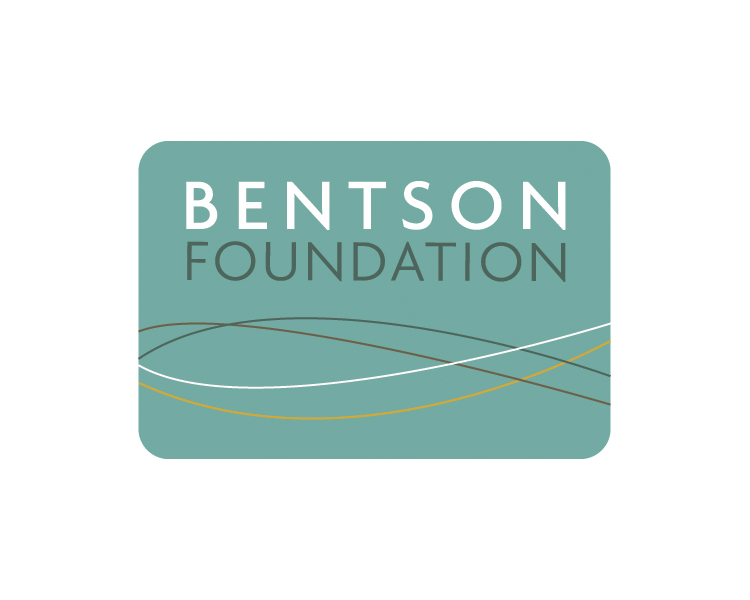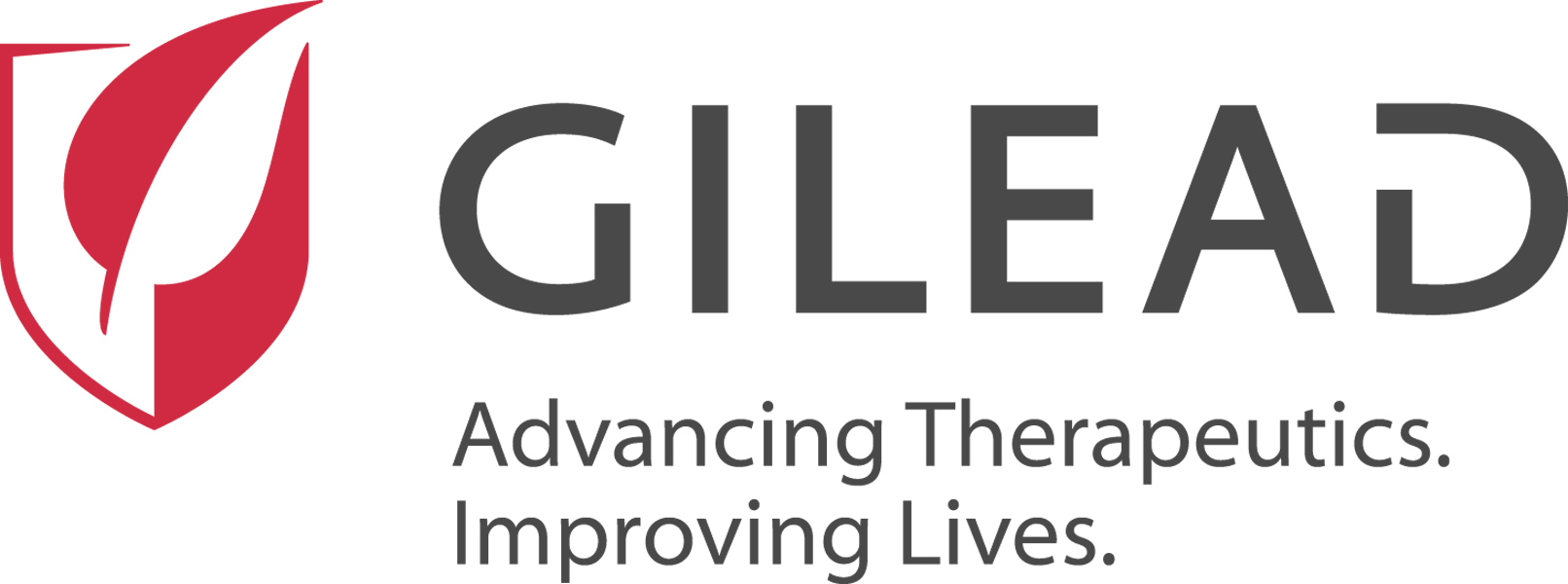
An annual study published this week in Open Forum Infectious Diseases reveals the heavy burden and considerable costs of respiratory syncytial virus (RSV) infection in adults aged 75 years and older and high-risk people 65 to 74 years old in France.
Researchers at Hopital Pitie-Salpetriere and RSV vaccine manufacturer Moderna in Paris parsed data on RSV hospitalizations, including stays in the intensive care unit (ICU), on patients aged 65 and 74 with chronic respiratory disease or congestive heart failure and those 75 and older. Data were from the French National Hospital Discharge database.
The study was conducted from 2017 to 2022, before approval of RSV vaccines in France. A correction factor derived from virologic data from two hospitals was used to adjust for underreporting.
"Hospitalizations are frequently underreported due to diagnostic challenges and a lack of standardized testing," the authors wrote.
True burden underreported
A total of 353 RSV hospitalizations occurred at two hospitals during the study period. Over half (54.1%) of patients were 65 and older, 52.1% were women, and 28.3% had at least one ICU stay.
The significant burden of RSV on adults aged 75+ and high-risk adults aged 65-74 with chronic conditions remains underreported.
Among adults aged 75 and older, the adjusted incidence of RSV hospitalization was 85 to 221 per 100,000 people, death rates among hospitalized patients were 8.9% to 10.4%, and annual adjusted costs were €27 million to €76 million ($32 million to $90 million US), mainly driven by ICU admissions.
In total, 12.1% to 18.5% of patients in the older group were admitted to the ICU, and 33.5% to 37.7% were readmitted to the hospital within 3 months, mainly for respiratory (6.8% to 9.9%) or cardiorespiratory (11.3% to 16.0%) conditions.
Adults aged 65 to 74 also had higher adjusted rates of RSV infection (161 to 735 per 100,000 people), along with elevated rates of ICU admission and disproportionately higher costs due to intensive-care needs.
"The significant burden of RSV on adults aged 75+ and high-risk adults aged 65-74 with chronic conditions remains underreported," the researchers wrote. "Improved diagnostics and targeted vaccination programs are essential to reduce hospitalizations, mortality, and healthcare costs in these vulnerable groups."













